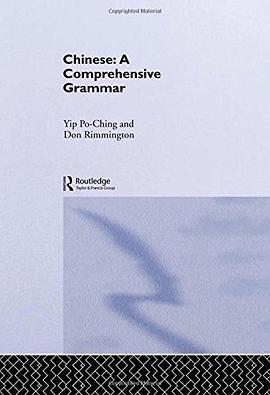

具体描述
'Phishing' is the hot new identity theft scam. An unsuspecting victim receives an e-mail that seems to come from a bank or other financial institution, and it contains a link to a Web site where s/he is asked to provide account details. The site looks legitimate, and 3 to 5 per cent of people who receive the e-mail go on to surrender their information - to crooks. One e-mail monitoring organization reported 2.3 billion phishing messages in February 2004 alone. If that weren't enough, the crooks have expanded their operations to include malicious code that steals identity information without the computer user's knowledge. Thousands of computers are compromised each day, and phishing code is increasingly becoming part of the standard exploits. Written by a phishing security expert at a top financial institution, this unique book helps IT professionals respond to phishing incidents. After describing in detail what goes into phishing expeditions, the author provides step-by-step directions for discouraging attacks and responding to those that have already happened. In "Phishing", Rachael Lininger: offers case studies that reveal the technical ins and outs of impressive phishing attacks; presents a step-by-step model for phishing prevention; explains how intrusion detection systems can help prevent phishers from attaining their goal-identity theft; and, delivers in-depth incident response techniques that can quickly shutdown phishing sites.
作者简介
目录信息
读后感
评分
评分
评分
评分
用户评价
相关图书
本站所有内容均为互联网搜索引擎提供的公开搜索信息,本站不存储任何数据与内容,任何内容与数据均与本站无关,如有需要请联系相关搜索引擎包括但不限于百度,google,bing,sogou 等
© 2025 book.quotespace.org All Rights Reserved. 小美书屋 版权所有




















